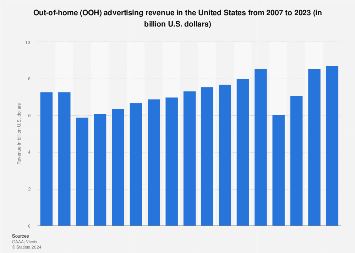
Gen Z, with its formidable purchasing influence and distinct consumption patterns, marks a critical demographic for marketers targeting future growth. Born from the mid-1990s to the early 2010s, they are digital natives, demanding authenticity, social responsibility, and custom experiences from brands. To captivate Gen Z, brands must offer genuine, socially aware, and personalized marketing strategies, ensuring brand loyalty and market expansion.
Unlike any generation before them, Gen Z individuals have been raised in a world where the internet is omnipresent, shaping their perceptions, behaviors, and values from an early age. Some key characteristics of gen Z are:
- Digital Natives.
- Financial Pragmatism.
- Global Outlook.
- Mental Health Awareness.
- Entrepreneurial Spirit.
- Socially Conscious.
- Preference for Authenticity.
- Tech-Savvy Creators.
Navigating Social Media Trends for Gen Z Engagement
To effectively engage Gen Z through social media, marketers must stay abreast of the evolving landscape. Currently, short-form video content, led by platforms like TikTok and Instagram Reels, dominates the preferences of this demographic. Such platforms offer a canvas for creativity and self-expression, resonating deeply with Gen Z’s desire for authenticity and originality. Additionally, the rise of influencer marketing cannot be overlooked. Gen Z trusts influencers who share their values and interests, making influencer partnerships a powerful strategy for brands.
Interactive and immersive experiences, such as AR filters and live streams, also captivate Gen Z by fostering a sense of connection and community. Furthermore, platforms that prioritize privacy and mental well-being are increasingly favored, reflecting Gen Z’s acute awareness of these issues.
Source: 2022 Global Crowd DNA Study
By tapping into these trends, and continuously monitoring the digital landscape for emerging ones, brands can craft social media strategies that not only reach Gen Z but engage them on a level that fosters lasting loyalty and advocacy.
Prioritizing Mobile-First Content to Connect with Gen Z
Gen Z’s strong attachment to mobile devices emphasizes the need for brands to prioritize a mobile-first content strategy. This demographic prefers on-the-go content consumption through smartphones, requiring optimized, fast-loading, and user-friendly designs.Vertical videos and responsive web design enhance the mobile experience for effective engagement.
In essence, by prioritizing a mobile-first content strategy, brands can significantly enhance their engagement with Gen Z, catering to their digital consumption habits and preferences, and establishing a strong, meaningful connection in a competitive digital marketplace.

Source: 2022 Global Crowd DNA Study
Identifying Core Values That Resonate with Gen Z
Understanding and connecting with the core values of Gen Z is paramount for brands aiming to establish a meaningful relationship with this demographic. This generation prides itself on its authenticity, social responsibility, and desire for inclusivity. They tend to favor brands that stand for more than just profitability, those that actively participate in social conversations, and make genuine efforts to contribute positively to society. Gen Z is highly aware and critical of performative activism; thus, brands must ensure their actions are sincere and backed by tangible contributions.
Environmental sustainability is another core value deeply embedded in Gen Z’s consciousness. They are inclined towards brands that adopt eco-friendly practices and demonstrate a clear commitment to combating climate change. By aligning brand values and operations with the principles of sustainability, inclusivity, mental health awareness, and social responsibility, companies can resonate with Gen Z on a deeper level. This alignment not only attracts Gen Z consumers but also fosters loyalty, as they see their purchases as an extension of their values and identities.
Crafting the Future Together with Gen Z
Mastering engagement with Gen Z goes beyond understanding digital habits; it requires alignment with core values like sustainability and inclusivity. By staying updated on social media trends, focusing on mobile-first content, and embodying values like social responsibility, brands can connect authentically. Success in marketing to Gen Z comes from listening, adapting, and innovating. Partnering with Gen Z offers the chance to build loyalty and contribute to a more inclusive marketplace. The future of marketing to Gen Z is bright with opportunities for positive impact alongside this forward-thinking generation.







